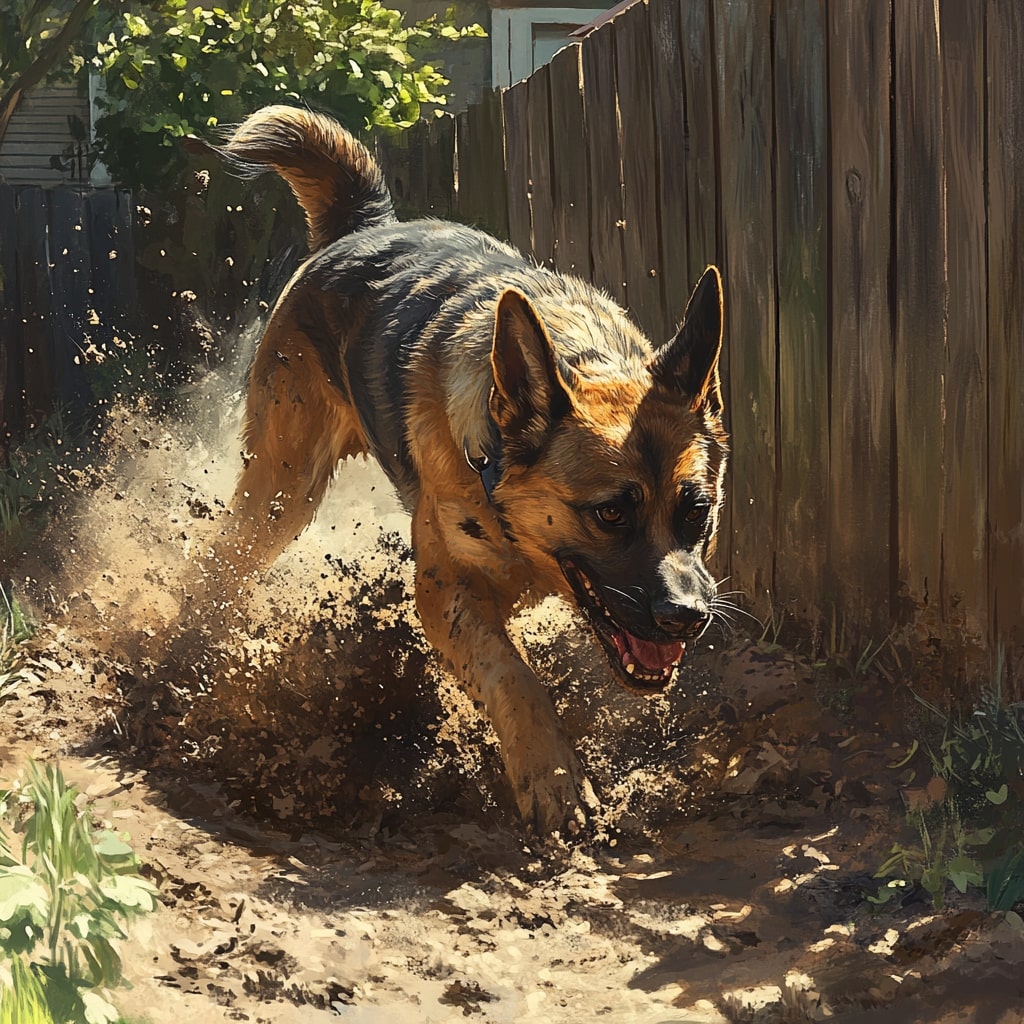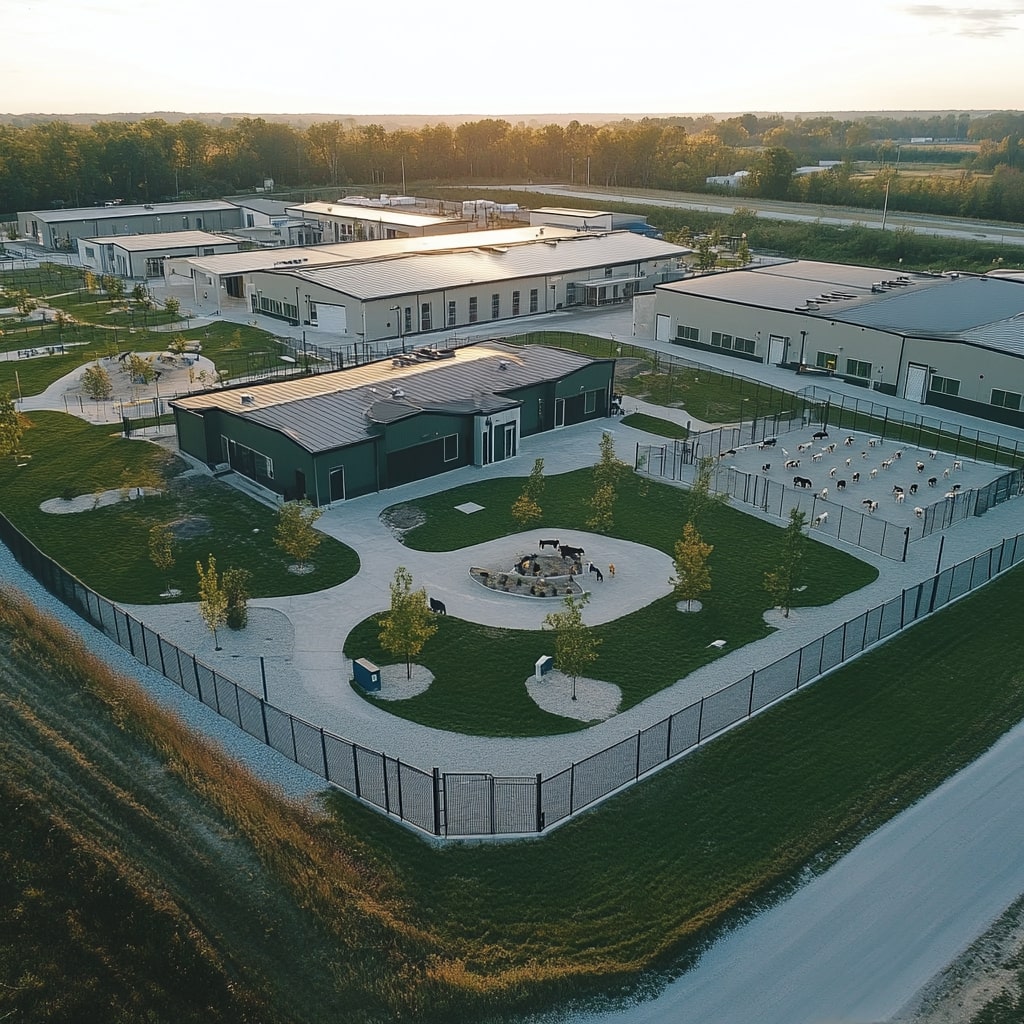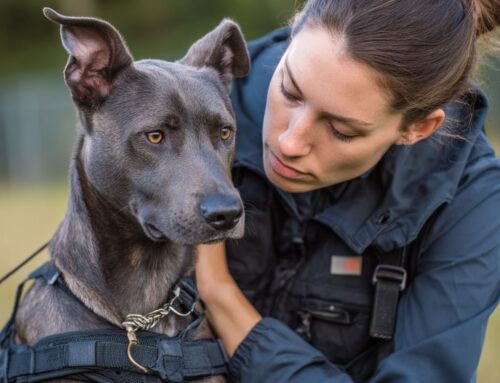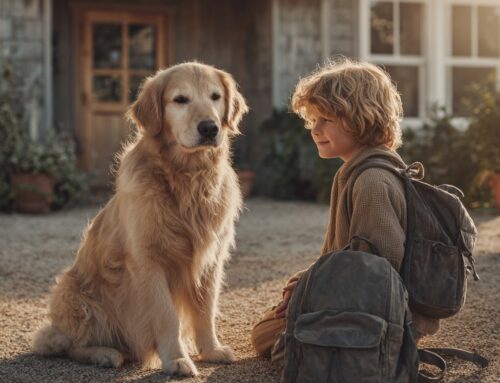Separation anxiety in dogs is a prevalent issue that can cause significant stress for both dogs and their owners. When left alone or separated from their guardians, dogs with separation anxiety may exhibit a variety of behaviors, including barking, howling, destructive behavior, excessive drooling, pacing, or attempting to escape. While this can be difficult for pet owners to manage on their own, professional training and boarding facilities offer a structured, effective approach to help dogs overcome separation anxiety.
We will explore how training and boarding can provide much-needed relief for dogs suffering from separation anxiety, why a certified professional dog trainer and their guidance is so valuable in treating separation anxiety, and how programs like those offered by Performance K9 Training and Boarding can make a lasting difference.
What is Separation Anxiety in Dogs?
Dogs can develop separation anxiety when a dog experiences extreme distress due to separation from their owner or guardian. This condition can range from mild to severe and often manifests through a separation related behaviors that are challenging to manage, such as:
- Persistent barking or howling when left alone
- Destructive chewing or digging
- Attempts to escape from confined areas
- Accidents in the house, even if the dog is completely house-trained
- Excessive drooling, panting, or pacing
These symptoms are the result of intense fear or anxiety distress behaviors. For most dogs, separation anxiety and the separation related behavior can develop from life changes such as moving to a new home, changes in their routine, or after the loss of a companion pet or family member. Some dogs may also have a predisposition to separation anxiety due to genetics or early experiences, such as being rehomed multiple times.

The Importance of Addressing Separation Anxiety
Left untreated, separation anxiety can severely affect a dog’s well-being and mental health. It not only puts undue stress on the dog but can also lead to damaged property, frustrated owners, and a breakdown in the bond between the dog and its family. Furthermore, untreated separation anxiety can worsen over time, making it harder to manage as the dog becomes more entrenched in anxious behaviors.
While it’s tempting to try to solve the issue with quick fixes, such as crate training or leaving them with a food stuffed toy, these solutions are often insufficient for dogs with moderate to severe separation anxiety. Instead, a professional training session and structured boarding programs offer a more comprehensive approach that addresses the root causes of the anxiety.
How Training and Boarding Facilities Help with Separation Anxiety
Training and boarding facilities, like Performance K9 Training and Boarding, are designed to provide a safe and structured environment where dogs can work through their anxiety under the supervision of skilled trainers. Below, we’ll explore how specific aspects of training and boarding can help dogs overcome separation anxiety.
1. Structured Routines Provide Security
One of the biggest contributors to separation anxiety is a lack of routine. Dogs thrive in environments where they understand what to expect, and sudden changes in schedule or routine can trigger feelings of uncertainty and fear. At a professional training and boarding facility, dogs are introduced to a structured daily schedule that includes training sessions, playtime, rest periods, and socialization. This consistent routine helps dogs feel secure and less anxious because they know what’s coming next.
The routine also helps them understand that being away from their owners is not a permanent or negative experience. When dogs consistently experience positive reinforcement and activities during their time apart, they learn that separation doesn’t mean abandonment. Once a routine gets established, it’ll become easier to put them into a doggy daycare or leave them with a dog sitter.
2. Desensitization to Being Alone
Many training programs utilize desensitization techniques to help dogs adjust to being alone or away from their owners. Desensitization is a gradual process that involves exposing a dog to the situation that causes them anxiety (in this case, being left alone) in small, manageable doses. Over time, the dog learns to tolerate and eventually feel comfortable with the situation that once caused them distress.
In a boarding facility, dogs are separated from their owners in a controlled environment. Trainers can begin with short separations and gradually increase the duration as the dog shows signs of progress. The goal is to help the dog become desensitized to the idea of being apart from their owner, which will help them remain calm when left alone at home.

3. Positive Reinforcement and Behavior Modification
Training facilities employ positive reinforcement techniques to encourage calm and relaxed behavior. When a dog exhibits calm behavior during separation, they are rewarded with treats, praise, or playtime, helping them associate being alone with positive outcomes. This approach is more effective than punishment-based methods, which can increase a dog’s anxiety and worsen the problem.
Additionally, behavior modification techniques are used to address specific anxiety-driven behaviors. For example, dogs who exhibit destructive behavior or excessive barking may be taught alternative behaviors to engage in when feeling anxious. This can include practicing commands like “stay” or “relax” during training sessions, which teaches the dog to self-soothe when they start to feel anxious.
4. Socialization and Confidence Building
Proper socialization is a key component of training and boarding programs. Many dogs with separation anxiety are also lacking in confidence or have had limited exposure to other dogs and people. In a training or boarding facility, dogs have the opportunity to interact with other animals and humans in a supervised and safe setting. This helps them build confidence and learn to feel comfortable in different social situations.
As a dog’s confidence grows, they are less likely to feel anxious when they are separated from their owner. Socialization helps dogs develop a sense of independence, reducing the likelihood of anxious behaviors when they are left alone.
5. Mental and Physical Stimulation
A well-rounded training and boarding program includes plenty of mental and physical stimulation. Dogs who are mentally and physically engaged are less likely to focus on their anxiety. Performance K9 Training and Boarding offers a variety of activities that keep dogs engaged, such as obedience training and interactive playtime.
Mental stimulation is particularly important for dogs with separation anxiety, as it helps redirect their focus away from stress and towards positive problem-solving activities. Training exercises challenge their brains, while physical exercise helps release pent-up energy that could otherwise contribute to anxious behavior. When dogs are tired and satisfied, they’re more likely to rest calmly when left alone.

6. Supervised Time Away from Owners
One of the unique benefits of training and boarding programs is that they provide a controlled environment for dogs to practice being away from their owners. Unlike leaving a dog alone at home, where they may spiral into panic, boarding facilities offer supervision and support during separation.
Trainers can monitor the dog’s behavior and intervene if necessary, helping the dog develop coping mechanisms for being alone. This gradual exposure allows the dog to learn how to self-soothe and remain calm when their owner is not present. Over time, dogs gain the skills and confidence to handle separation without experiencing overwhelming anxiety.
7. Tailored Training Plans for Individual Dogs
Not all dogs experience separation anxiety in the same way, and a one-size-fits-all approach may not work for every dog. Professional training and boarding facilities can create customized training plans based on the individual needs of the dog. Trainers assess each dog’s specific triggers, anxiety levels, and behaviors to design a plan that addresses their unique situation.
For some dogs, this may mean focusing on desensitization, while for others, it may require a combination of behavior modification and confidence-building exercises. The personalized approach ensures that each dog receives the care and attention they need to overcome their anxiety.
The Long-Term Benefits of Training and Boarding for Separation Anxiety
Training and boarding not only provide immediate relief for separation anxiety but also offer long-term benefits that improve the overall well-being of the dog and their relationship with their owner. Here are a few of the lasting impacts:
- Reduced Stress: Dogs who complete training programs are less likely to experience extreme stress when separated from their owners. This leads to a happier, more relaxed pet.
- Improved Behavior: Training helps eliminate destructive or problematic behaviors associated with separation anxiety, making the dog easier to manage at home.
- Stronger Bond with Owners: As dogs become more confident and independent, the bond between them and their owner strengthens. Owners can leave their dogs without guilt, knowing their pet is comfortable and well-adjusted.
- Ongoing Support: Many programs, such as those offered by Performance K9 Training and Boarding, include follow-up lessons to ensure the training is maintained at home, providing continued support for both the dog and the owner.

How Training and Boarding Will Help Separation Anxiety in Dogs
Separation anxiety is a challenging condition, but it is not insurmountable. With the help of professional training and boarding facilities, dogs can learn to manage their anxiety, build confidence, and thrive in new environments. Programs like those offered by Performance K9 Training and Boarding provide a comprehensive solution, combining desensitization, positive reinforcement, and socialization to help dogs overcome separation anxiety and lead happier, healthier lives.
Performance K9 Training and Boarding offers a Basic Behavior Modification Program that focuses on improving key behaviors such as leash walking, recall, and house manners. This program is designed to help dogs develop better self-control and adjust to a more structured environment, which is especially beneficial for dogs dealing with anxiety issues. To ensure lasting results, the program includes ten follow-up lessons to guide pet owners in reinforcing the training at home. For those interested in learning more, Performance K9 Training and Boarding offers a free consultation to assess your dog’s specific needs and create a tailored plan to help them thrive.








